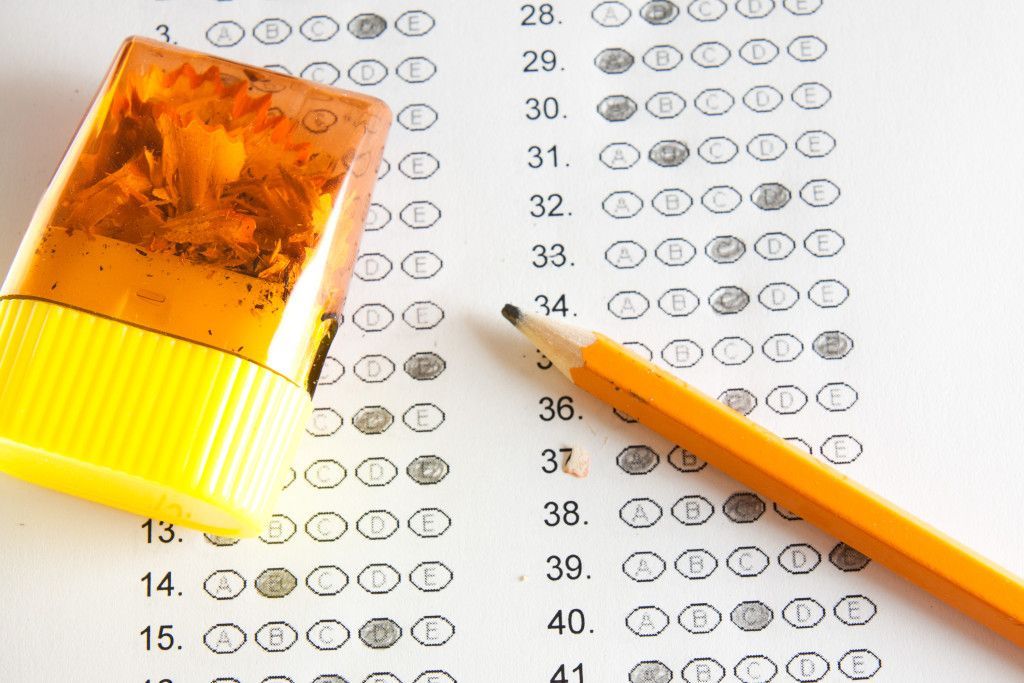EFFECTIVE STUDYING TECHNIQUES | MATH
Today we continue our series on “Effective Studying Techniques”. Despite all of the evidence to the contrary, students still wait until the last minute to cram for their exams, thinking that this is the best way to study. Well, it’s not. Cramming can lead to sleeplessness, irritability, and confusion.
The best way to study for any class is to spread the learning out over several weeks. It is more effective to review the material a little every week than to cram a full semester’s studying into six hours at 10 o’clock at night before the final.
In this series, we are breaking down some of the best ways to study for each subject. Today’s post is all about mathematics — Algebra, Geometry, Trigonometry, Calculus…any math you can think of. We hope you’ll enjoy it!
Math was a subject that came to me naturally. When I was in middle school and they introduced letters to “2 + 2”, it didn’t throw me off that much. I picked up Algebra easily, but struggled in Geometry and Trig. By the time I was back in Algebra 2, I was fine. Calculus was another story.
Studying for math classes is different than studying for any other class. Math skills build upon each other and you need to master them to move forward.
I frequently speak with parents whose children are struggling with basic math facts. I explain the process of learning math with an analogy of climbing a ladder. Each core component in math is like the rung of a ladder. Trying to climb a ladder that is missing half of its rungs is difficult. Likewise, it’s really hard to master fractions if you don’t know multiplication facts.
Here are some basic tips to ensure you don’t lose any rungs on your ladder:
1. Practice.
The simplest and most effective way to study math is through practical application. Do the homework problems your teacher assigns. If you don’t understand the concept, ask for more problems. My high school Algebra 2 teach would only assign the even numbers because the answers to the odd problems were in the back of the book. Right there, in the book, was a whole other set of problems I could do for extra practice. And I could even check my answers to see if I was correct!
2. Memorization only works for some things.
It’s easy to make a set of flash cards for history dates and review them until you know them by heart. You can’t do the same thing with 3(x-6)(2x+9) = 27. You need to understand the operation and how to solve it.
That being said, memorization works great for formulas. Every time you learn a new formula, make a new flash card for yourself. Color code them by topic or section so you can find them with ease. Make a card for the area of a circle, the pythagorean theorem, and how to “FOIL”.
Bonus! These flash cards will come in real handy when you’re studying for the ACT test. (The SAT prints the formulas on the exam, but the ACT does not.)
3. Tutor a classmate.
There’s an old adage that if you can teach someone, you fully understand. Try tutoring a friend in the class, your parent, or even your pet. If you can explain the concept well enough to teach someone else, you can comprehend it yourself. (That was how I finished Geometry — by tutoring my best friend!)
If you are still struggling in math, consider registering for Khan Academy. This nonprofit website offers academic support for most major topics — including several levels of math. You can watch videos, try practice problems, check your work, and monitor your progress. Best of all, it’s all free!









